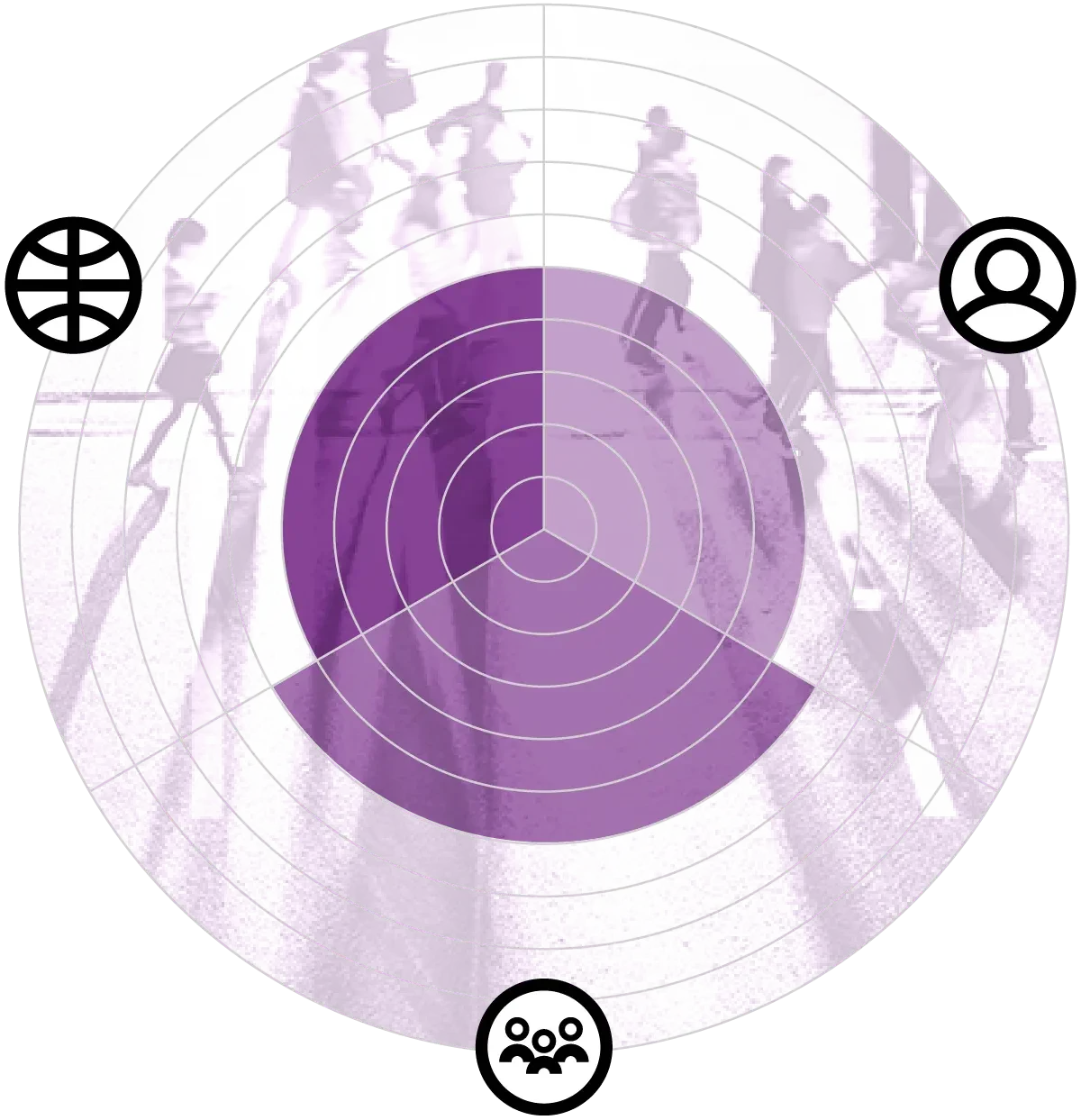Associated Sub-Fields:

AR refers to the use of display technologies, usually embedded in smart glasses, to overlay digital information and virtual objects onto a user’s view of the real world. AR is part of a broader extended reality (XR) ecosystem1, but its blending of real and virtual makes it qualitatively different from and more impactful than other XR technologies like virtual reality and telepresence. Consumer-grade headsets from Apple and Meta are already bringing a limited vision of AR to the masses. And the technology is finding applications in education2 3, workplace training4 5 and industry.6 7 In combination with data streams from the expanding internet of things,8 AR will create an intuitive new layer of information for workers — allowing them to easily and continuously check the status of industrial processes, for example, or providing navigation tools when operating in unfamiliar surroundings.
The ultimate promise of AR is a fundamental transition in the way people interact with computers. Everything people currently use their smartphones for may eventually be beamed directly onto AR glasses that augment their field of view. This shift is being accelerated by the search for devices that can take full advantage of recent breakthroughs in AI language and visual skills. AR headsets could open the door to AI “co-pilots” that see the world from your perspective, providing an always-on, highly personalised overlay of digital information. As hardware improves it could also become possible to seamlessly switch between augmented and virtual reality, opening a door to the “metaverse”, which — despite the hype — should be taken seriously as a likely future phenomenon.9 The blurring of the boundaries between the physical and digital worlds that this entails holds unknown and potentially enormous implications for society.
KEY TAKEAWAYS
As technology progresses, humans’ everyday experience of reality is likely to become an integrated mix of inputs from real-world and digital sources. Interfacing with the digital world will become ever more intuitive, and the separation between real and digital existence ever less significant. This will only be possible, however, with progress in the creation of AR hardware, especially cheaper, lighter, more power-efficient displays. Once this is achieved, Augmented experiences will improve professional performance in medical and engineering spheres, among others. It will also usher in the era of spatial computing, where devices can understand and interact with their surroundings, and present useful data to human senses in intuitive, user-friendly ways. A global rollout of augmented reality will require AR platforms: large-scale computing resources dedicated to maintaining both shared and private AR experiences. This infrastructure will involve developing new algorithms, computing and networking technologies, allowing time to consider the Human factors of AR. There is significant potential for augmented reality to create means of manipulating individuals and groups, for instance, since real-world and digital information will become ever harder to tell apart. There are also potential upsides: AR will provide a new means of understanding and experimenting on human cognition, and of disease diagnosis and treatment.
Anticipatory Impact:
Three fundamental questions guide GESDA’s mission and drive its work: Who are we, as humans? How can we all live together? How can we ensure the well-being of humankind and the sustainable future of our planet? We asked researchers from the field to anticipate what impact future breakthroughs could have on each of these dimensions. This wheel summarises their opinions when considering each of these questions, with a higher score indicating high anticipated impact, and vice versa.
- Anticipated impact on who we are as humans
- Anticipated impact on how we will all live together
- Anticipated impact on the well-being of humankind and sustainable future of our planet








